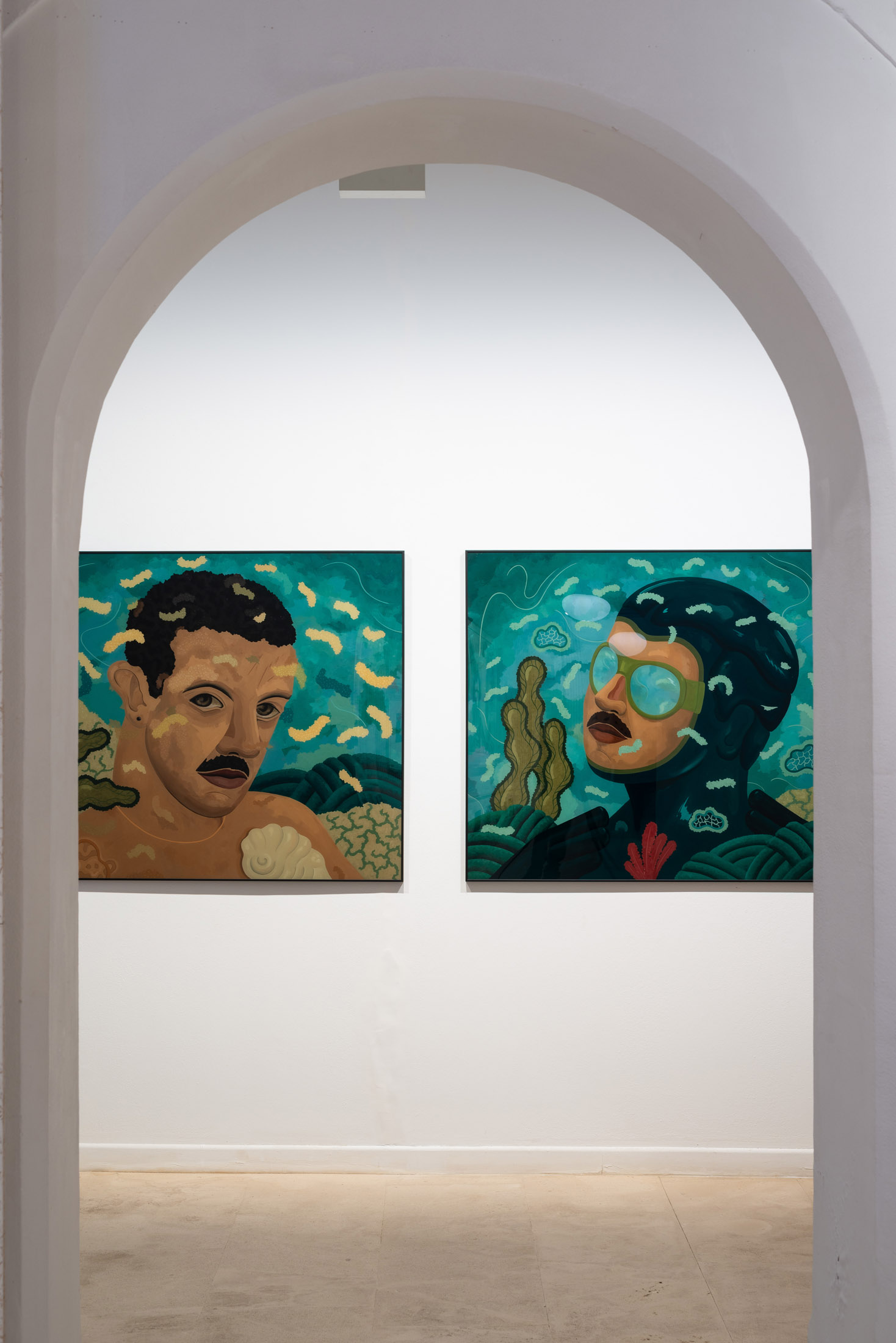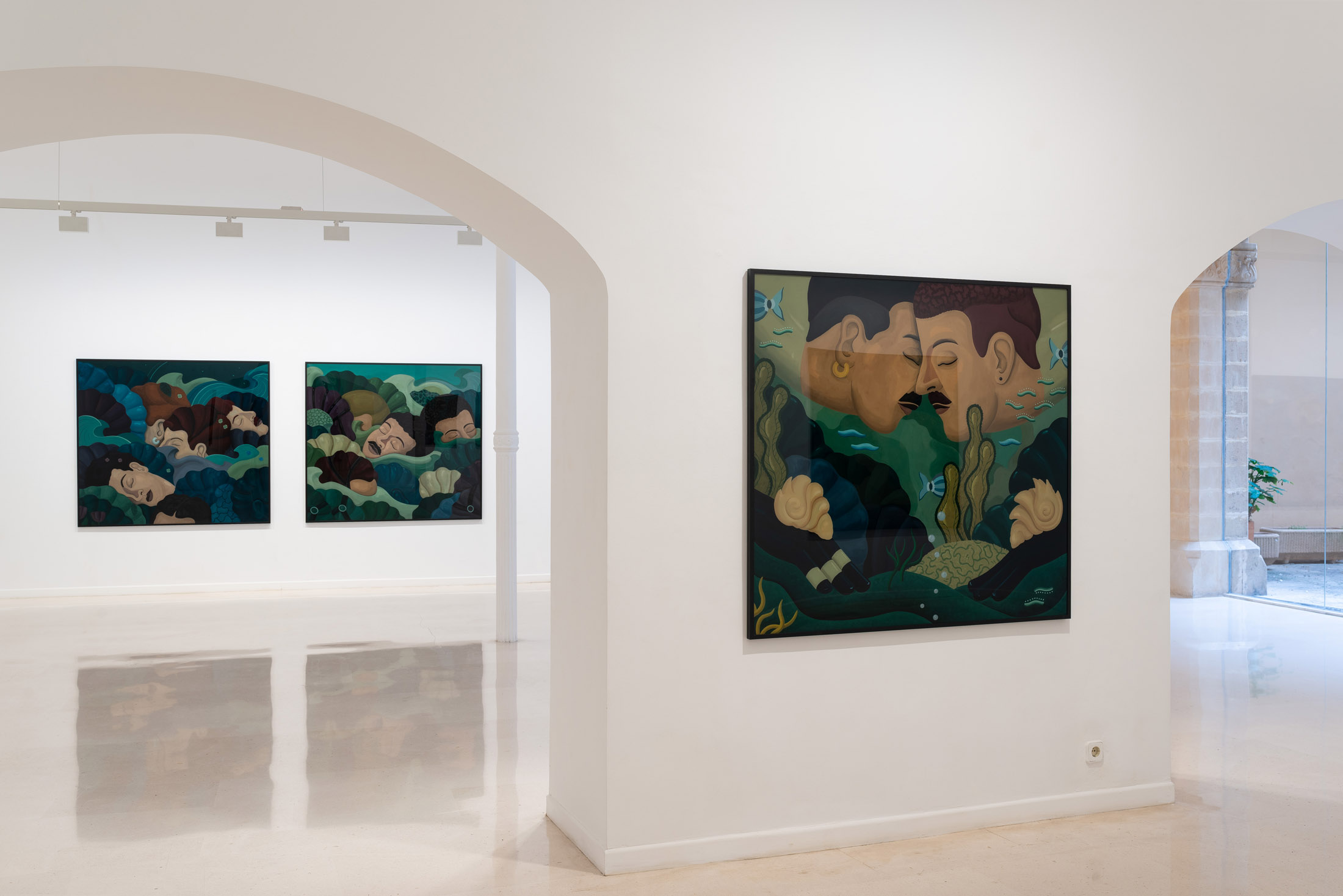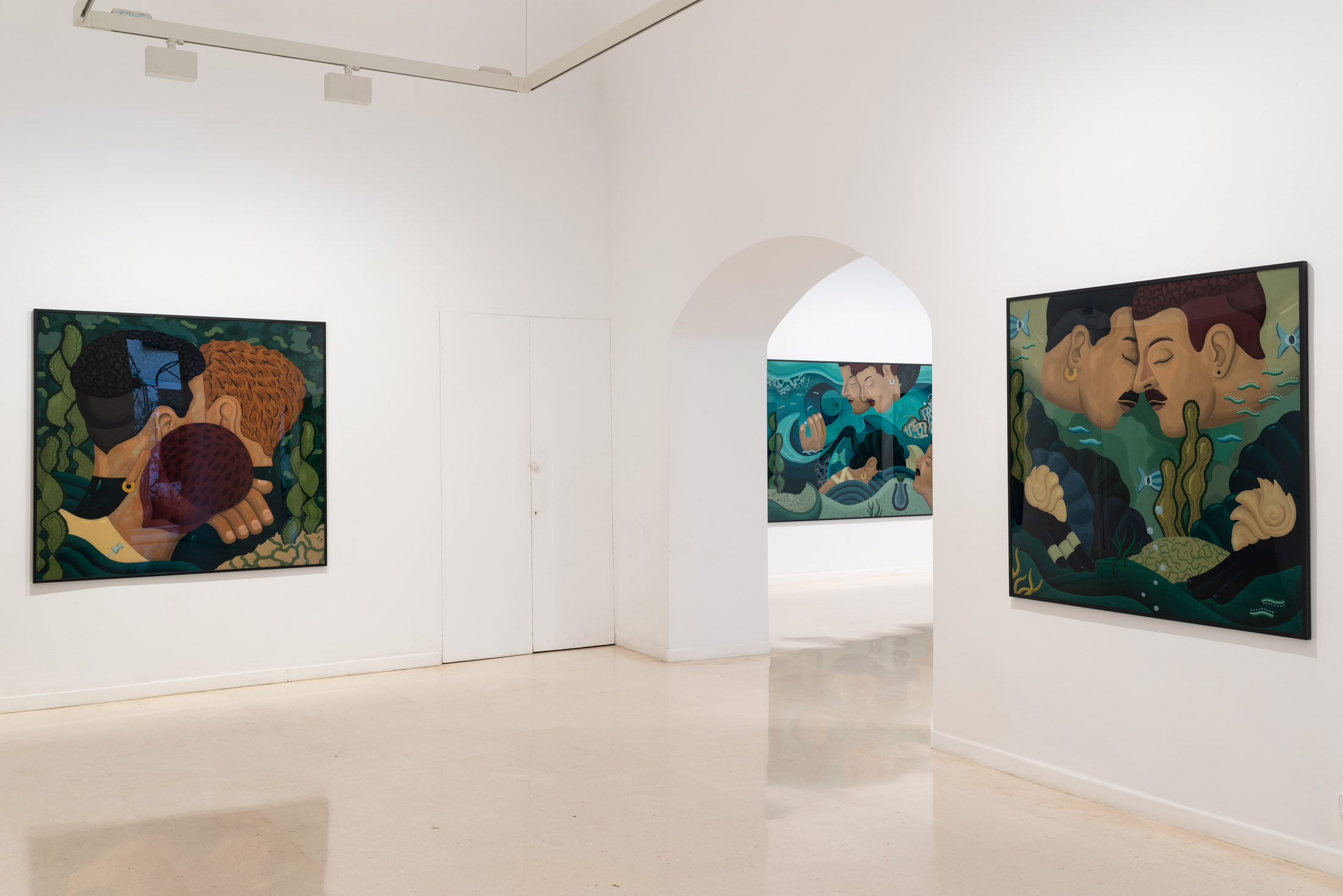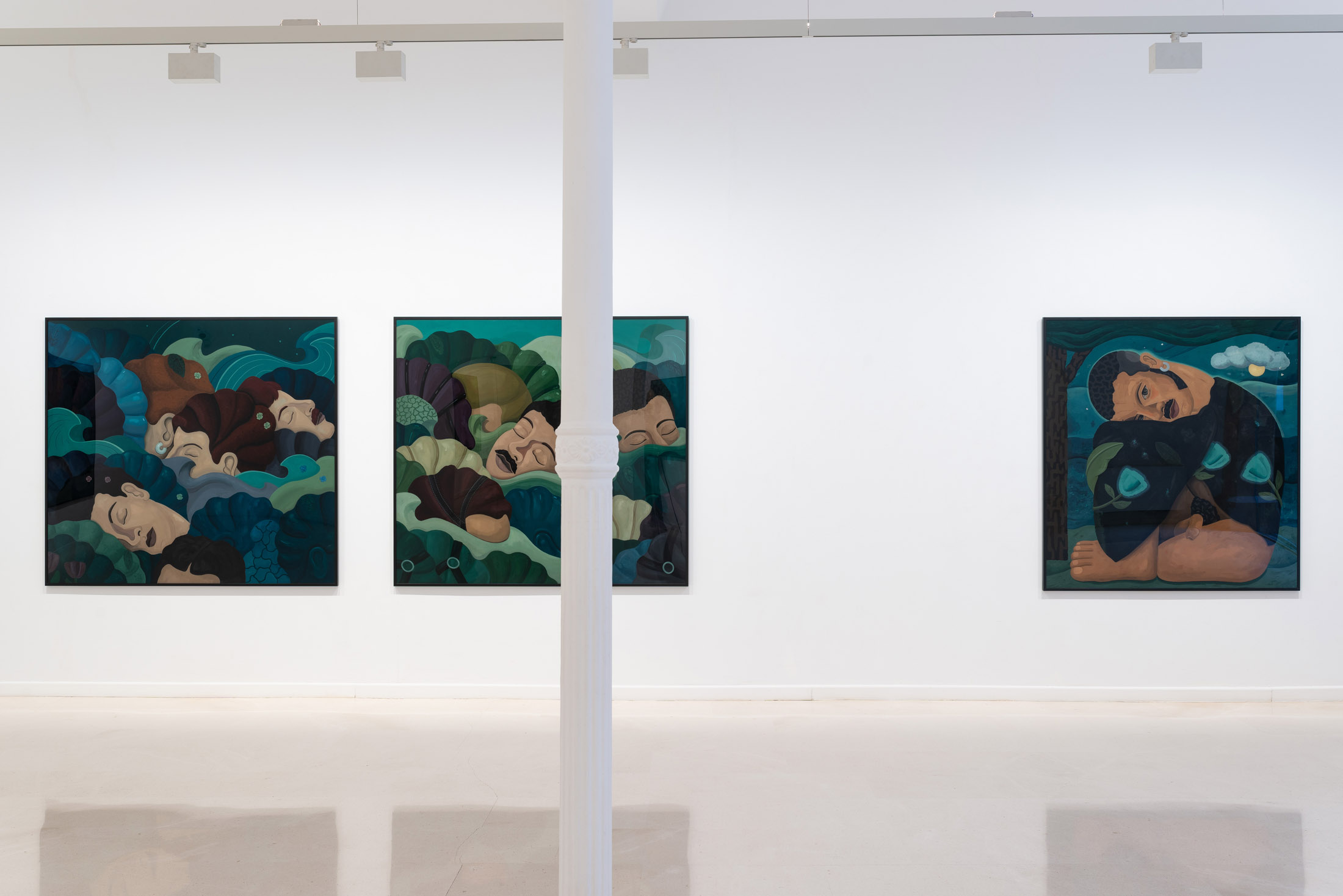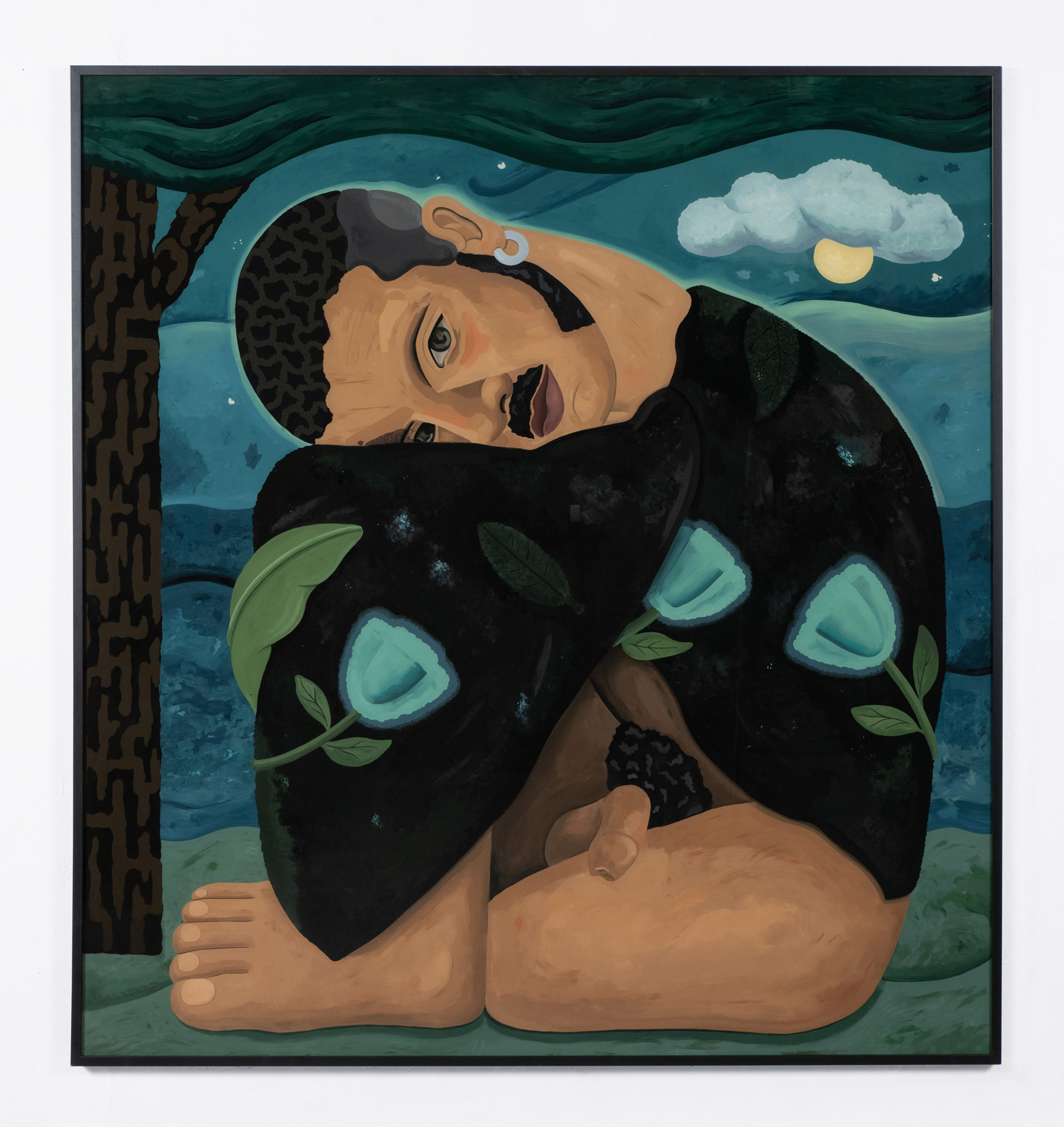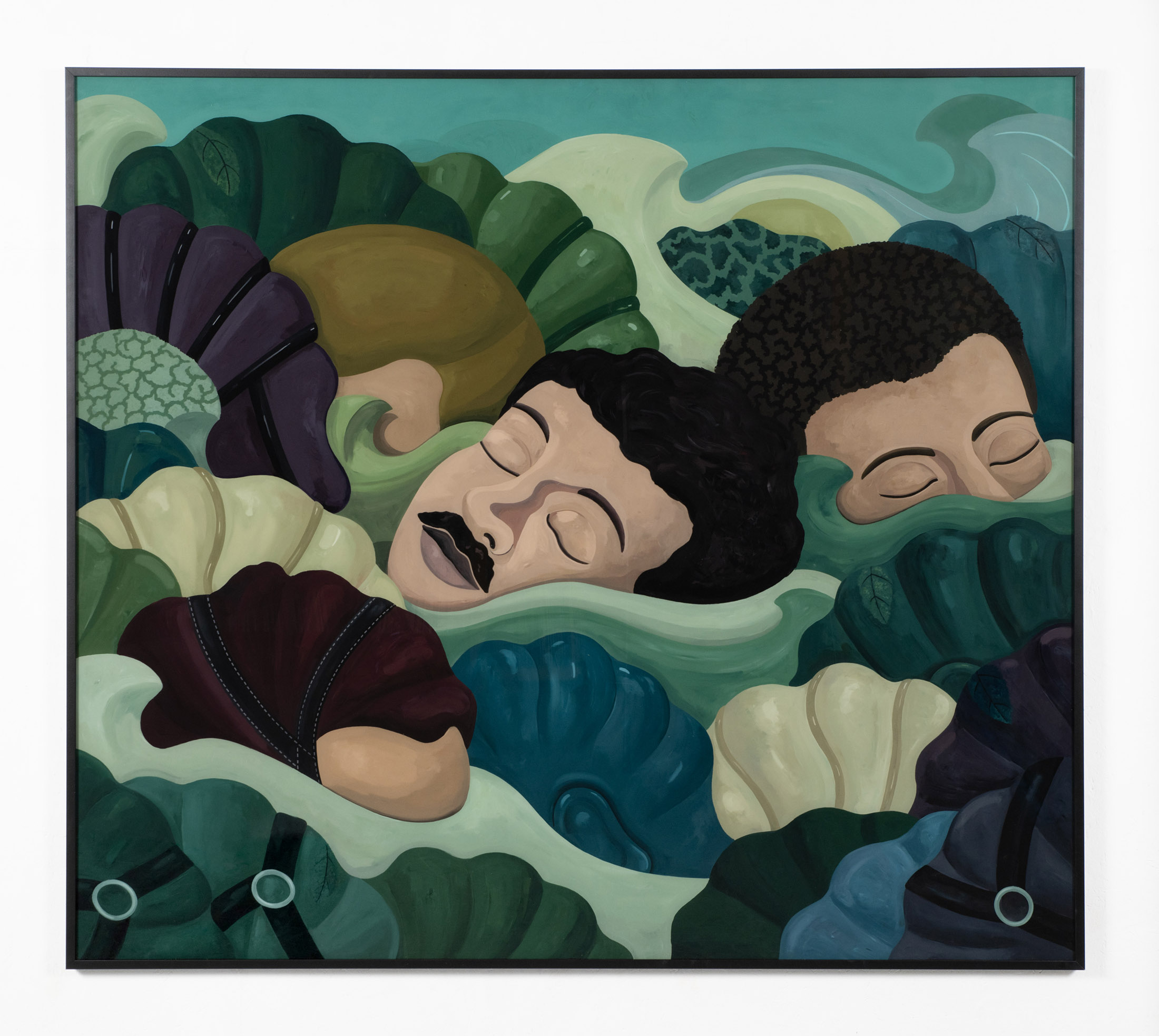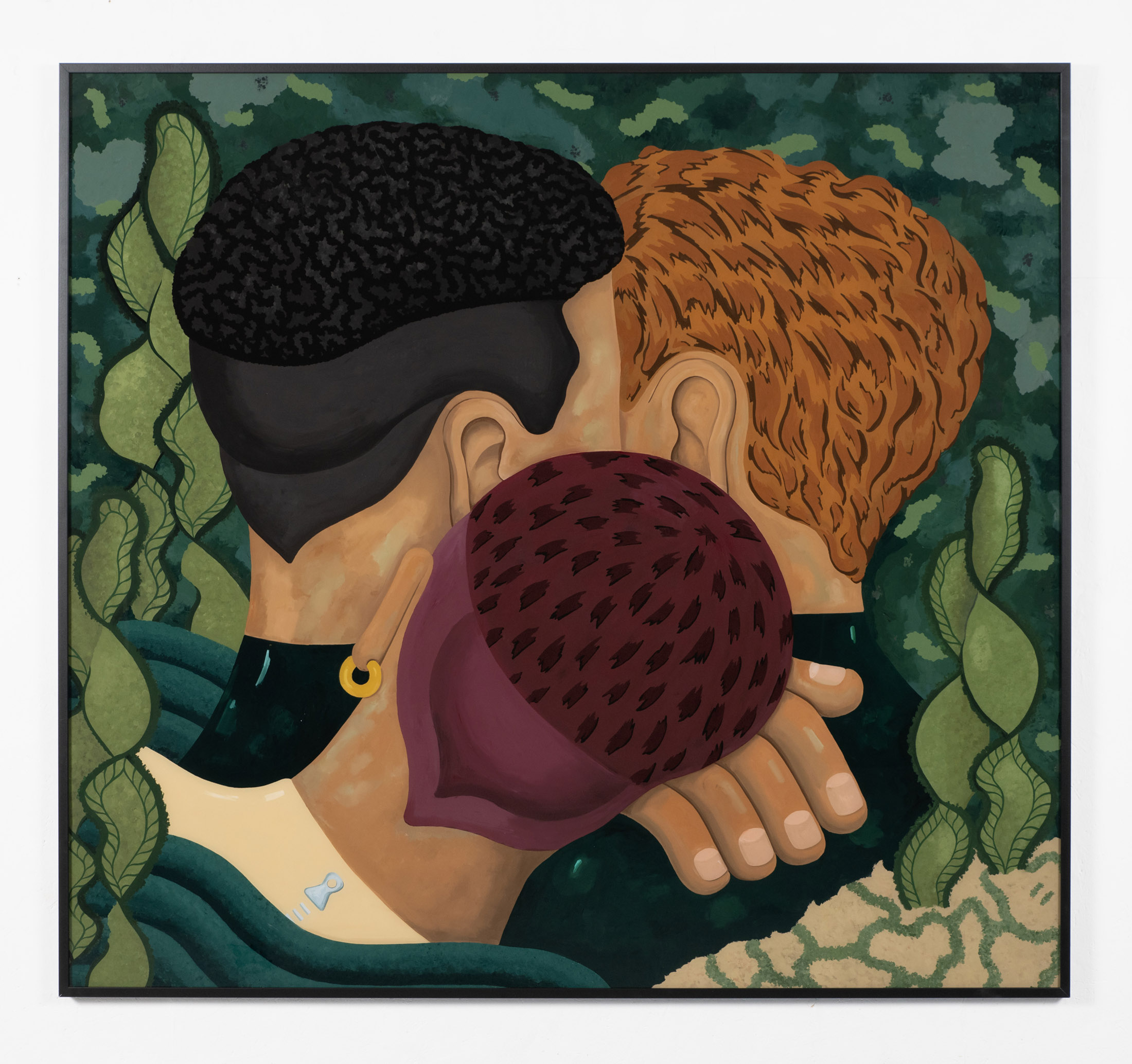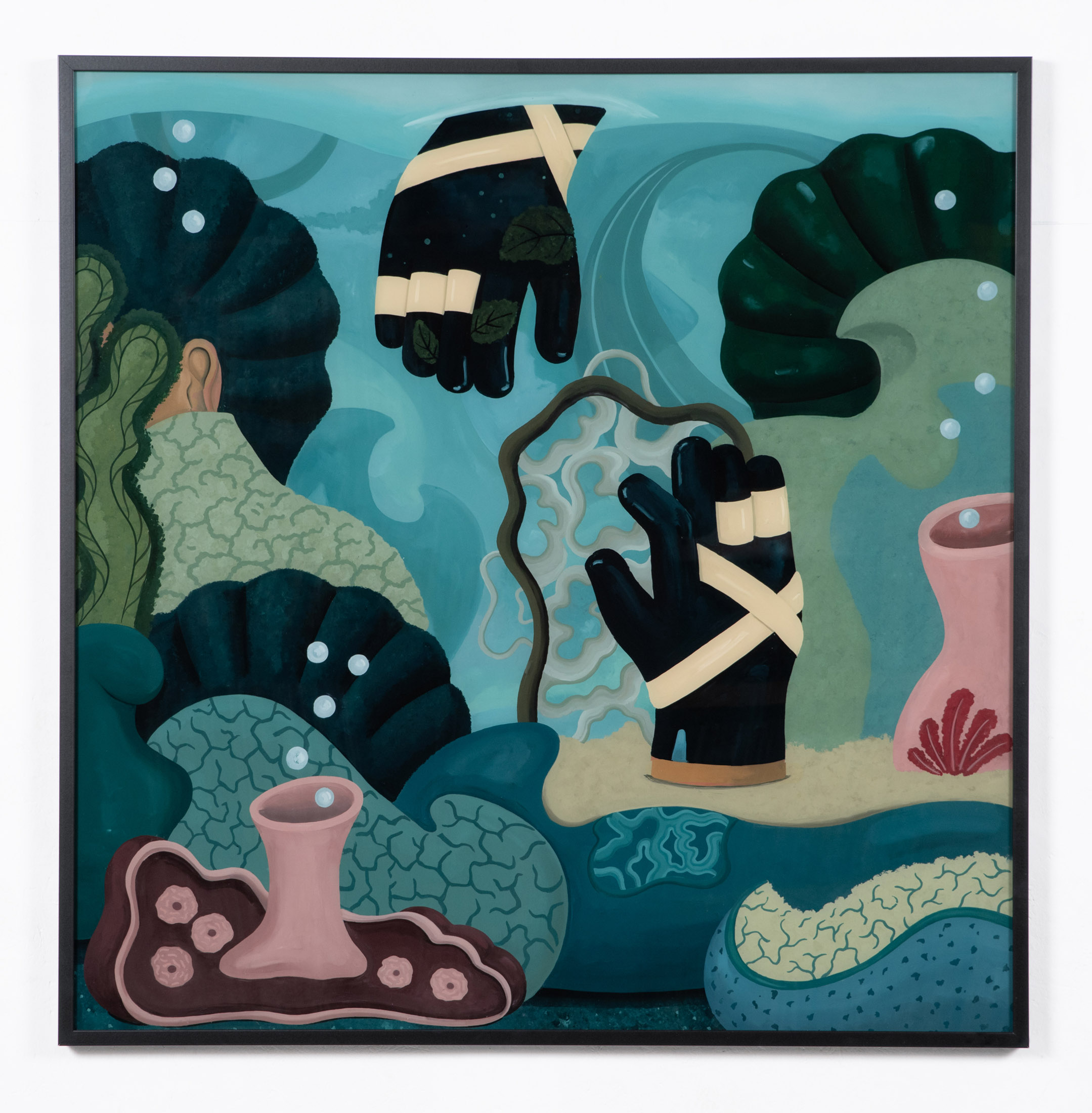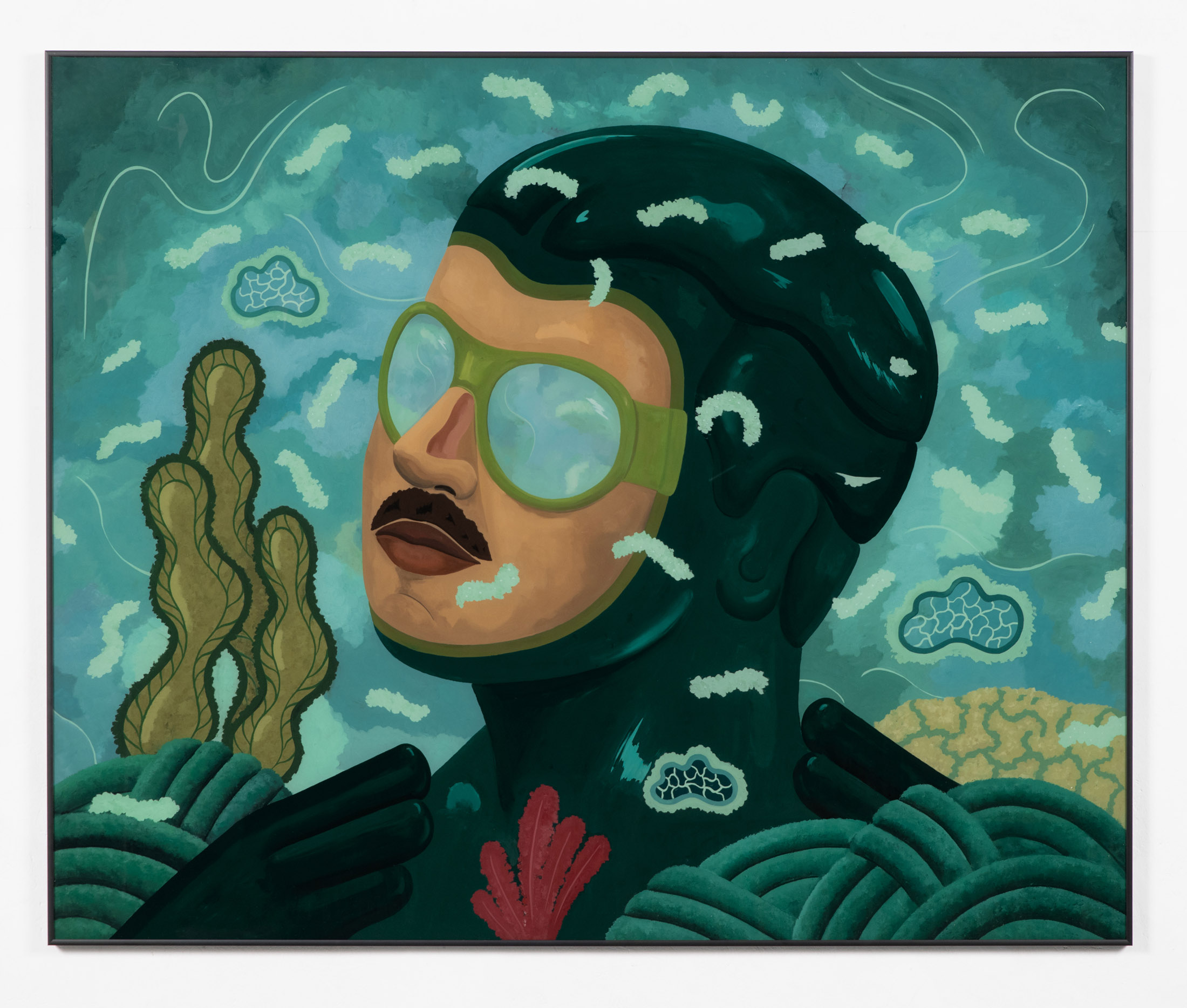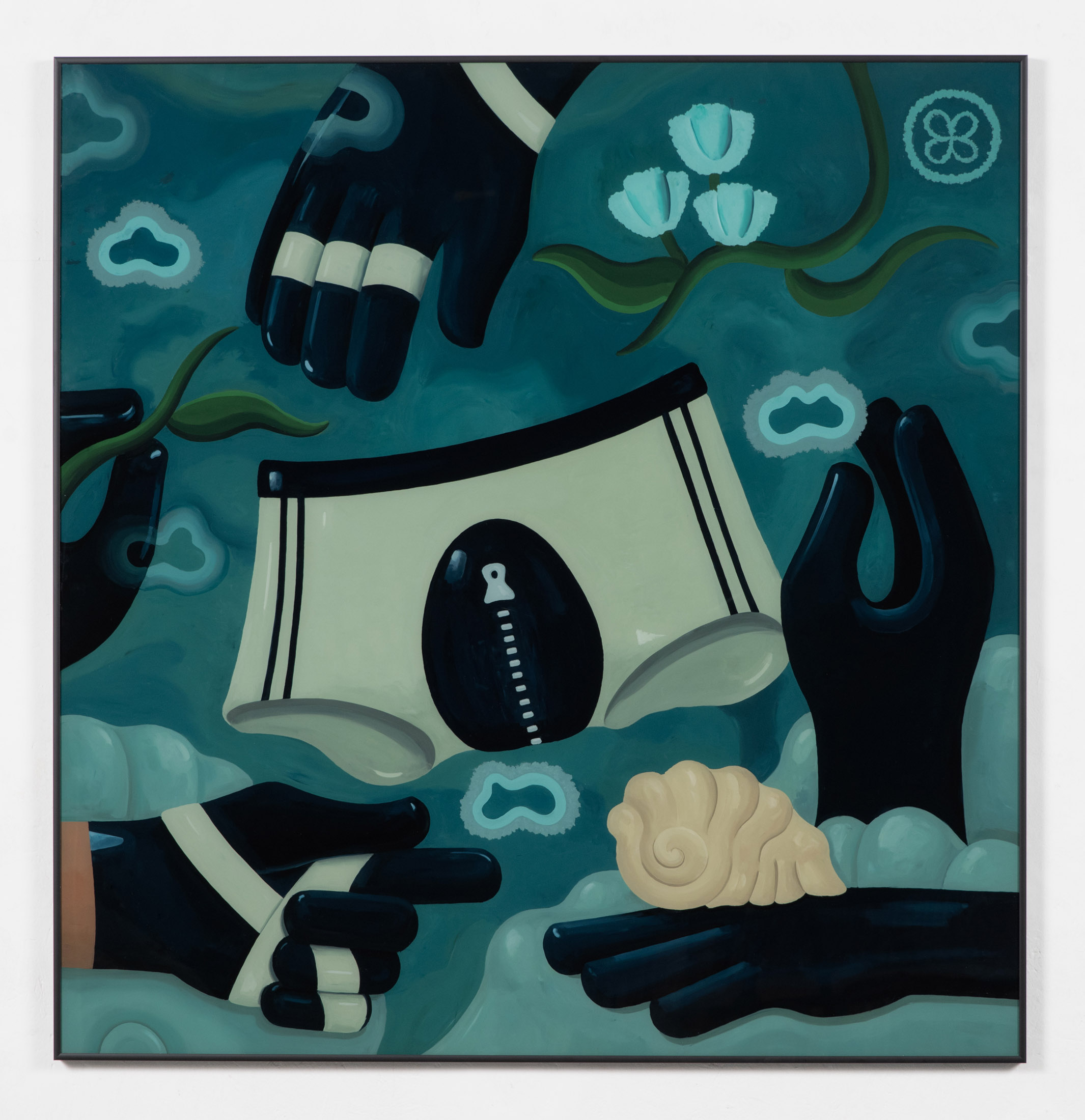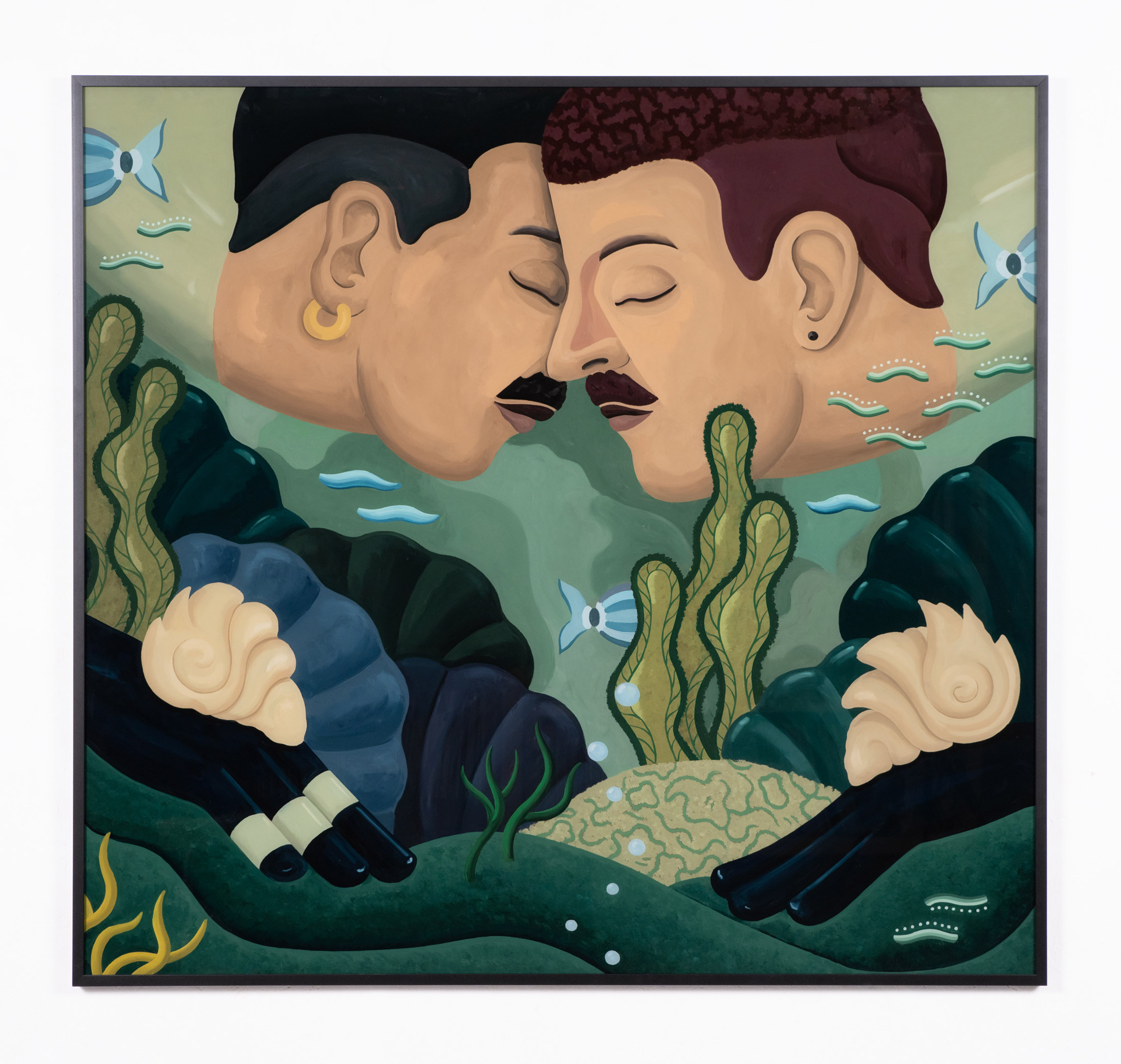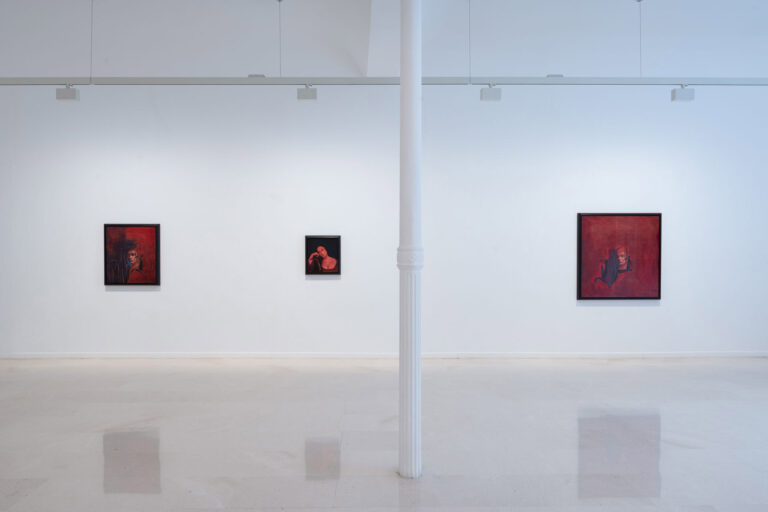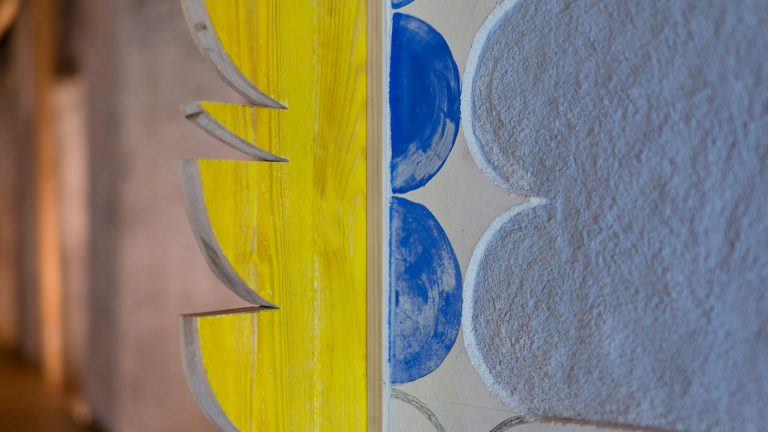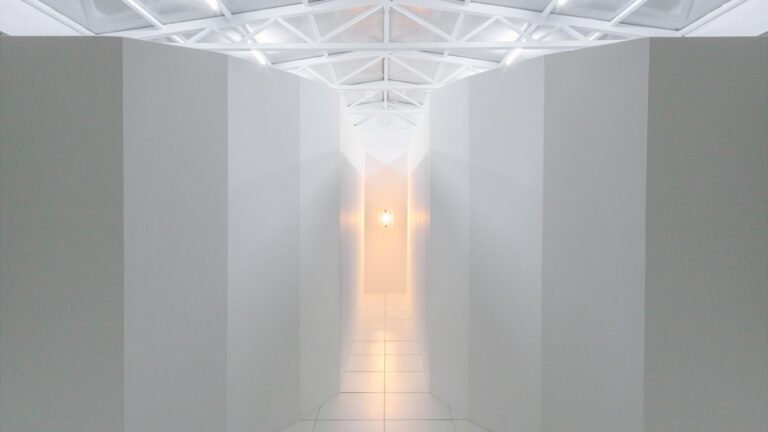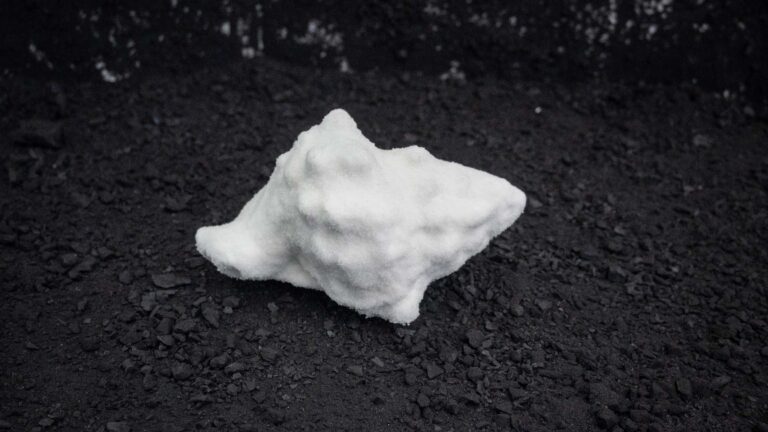Artist: Gori Mora
Exhibition title: Being in Touch
Venue: Galería Pelaires, Mallorca, Spain
Date: November 30, 2023 – February, 2024
Photography: ©Roberto Ruiz, ©Grimalt de Blanch / all images copyright and courtesy of the artist and Galería Pelaires
The exhibition Being in Touch encapsulates the essence of a nostalgic summer, a time resonating with tenderness, love, and the beauty of human connections. There are moments in life that take us to a suspended reality—it’s like that underwater kiss—where time slows down and everything feels weightless and surreal. We don’t experience the- se moments in isolation but through tender friendships, romantic entanglements and skin-to-skin contact.
Through the medium of oil paint, I recreate and revisit certain intimate moments—echoing voices within queer com- munities. These paintings explore identity and embody timelessness, expressing the emotions of freedom, melan- choly, and that bittersweet feeling when the summer comes to an end. They invite the viewer to witness intimacy, as a moment in time captured in stillness, usually away from the chaos of the world.
The subjects in the paintings are portrayed with an expression of love and affection through tactile connections. There’s a recurring motif of heads resembling organisms and simulating cell growth and multiplication. This same- ness between the subjects is like images mirroring each other, which not only emphasises the importance of self-ca- re but also of community care—we exist among the mutuality of our relationships as communal beings.
Gori Mora (Mallorca, 1992) Lives and works in Glasgow. Gori Mora was born and raised in Mallorca, Spain. In 2011 he moved to Barcelona to study his degree in Fine Arts at Barcelona University. In 2017 he moved to Glasgow to study the Master of Letters in Fine Art Practice at The Glasgow School of Art. After completing his Master’s programme he was awarded by the Royal Scottish Academy of Edinburgh with the Scholarship John Kinross, to spend a period of research in Florence. Currently, he lives and works in Glasgow.
He has exhibited his works with Galería Pelaires, Palma (2022-2023), Tuesday to Friday, Valencia (Spain, 2022); The Royal Scottish Academy, Edinburgh (2021); at BEERS London Gallery, London (2021); V2React, Miami (2020); AIR Gallery, Manchester (2020); TRAMWAY, Glasgow (2019); AN Contemporary Art Festival, Mallorca (2016 and 2019); Casa de Cultura Felanitx, (Mallorca, 2019); Museum and Art Collection, Porreres (Mallorca, 2017); Konvent Punt Zero, Cultural Center of Art, Barcelona (2016); MUTUO, Cultural Center of Art Barcelona (2015). His project My Florence Souvenir is part of the collection of the Royal Scottish Academy of Edinburgh.
Gori Mora’s current practice focuses on exploring the myriad of effects that technology has on our social interactions, our self-perception, and our most intrinsic values. His work explores the history of the queer community, a journey within eroticism, trends of the moment, roles, and a reflection of the contemporary moment in which we find ourselves; a moment, where contact between people is made through social networks. He works with the topic of desire, understood as one of the main engines of social communication, and accentuated with new technologies. He explores how bodies are built and how we, as bodies, become objects of observation. Essentially, Mora makes a visual study of how the perception of reality in front of a representation of a body becomes indeterminate because of all the information we receive through media and context, and how this dictates the way in which we define ourselves.
To symbolise the concept of virtual space, for example, Mora very often uses oil on Perspex. He uses oil paint to highlight the contrast between our contemporary technology-based social interactions and our traditional means of communication, a reference to classical portraiture’s role in courtship before the advent of photography. He uses oils to create the figures on the back of the Perspex and once finished, he turns the acrylic sheet over. The contrast of the subject matter is mirrored in the mediums used, and therefore the aesthetic rendered. This unorthodox process creates a situation in which the viewer is confronted with the reverse of the painting. The aesthetic of an exhibition screen is invoked; a world just out of reach that one is at once privy to, yet ever estranged from.


